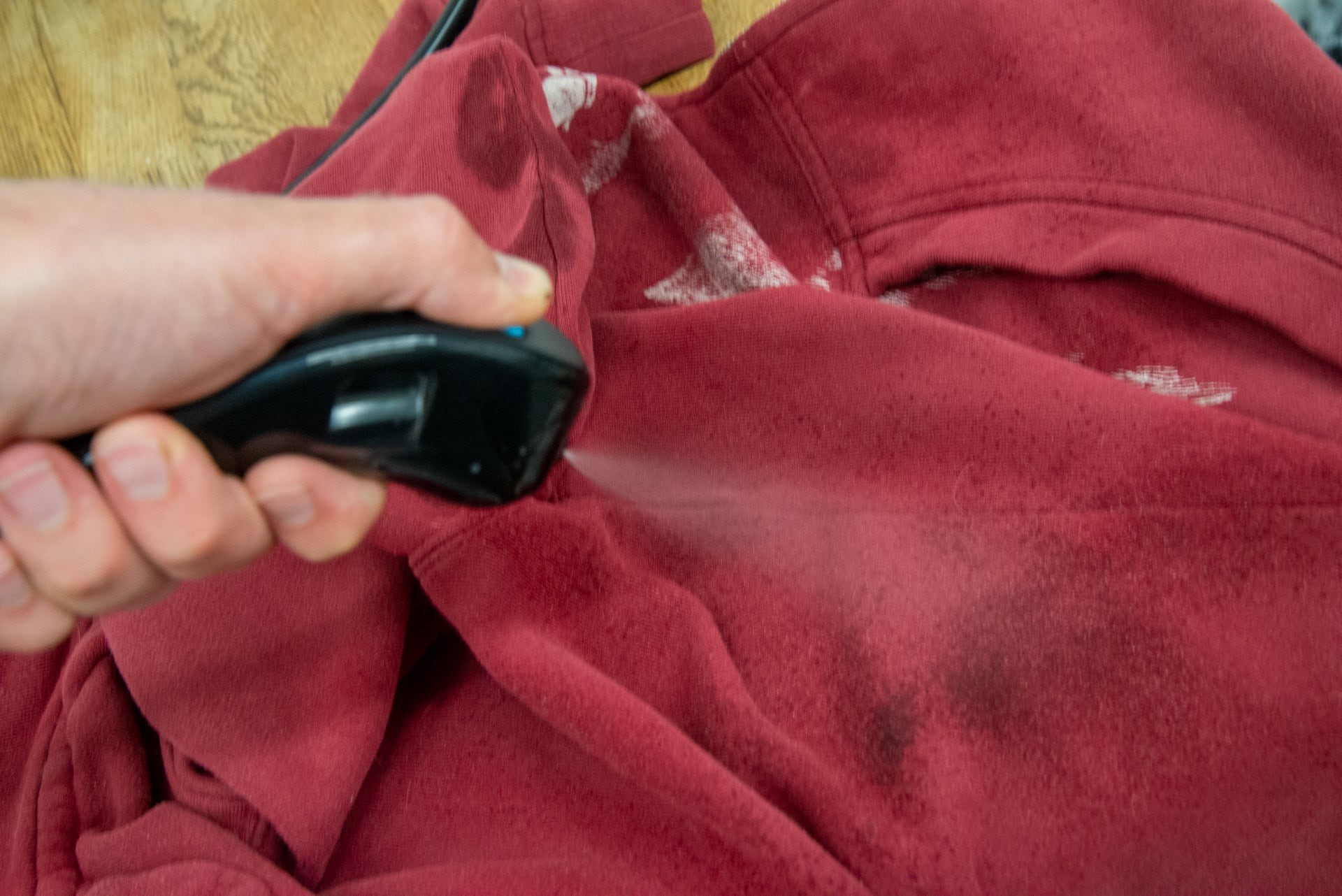
The Types of Stains and Removal Techniques
When people think of removing stains off their precious furniture, they often have no idea about what kind of stains are affecting their upholstery. Many people find a method that worked on one stain and thinks that they can apply the same technique to just any old stain. For every owner, it is good to have some vital knowledge of stains ruining their couch or fabric sofa. Let us guide you in this article about the common type of sofa stains you encounter.
Reading this article will benefit you because some sofa stains add to your misery by becoming permanent in a short time. Countless stains cannot be removed effectively from your sofas if you hang around for too long without calling the upholstery cleaning Sydney service. In this post, you will discover some great tips on how a simple do-it-yourself strategy can help to reduce stains.
Permanent Stains
Your upholstery or couch is made of sensitive material that is prone to damage and wear and tear if left untreated by couch cleaning Sydney professionals. A permanent stain is the type of stain that is most dangerous and also there is nothing much most people can do about it. The best you can do about a permanent stain is to remove a portion of the stain from the affected area. If the stain is small, then it is possible to deal with it with simple tools available at home.
On the other hand, large stains can be damaging because they are caused by substances that are harmful to your sofa. For instance, your sofa can suffer from a substance those results in irreversible colouring. Food colours and cosmetic products and old urine stains of animals cause permanent damage to your sofas.
Moreover, items that can cause permanent stains include dyes, strong acids, syrups and medicines, paint, hot taming, and water damage. This means that a curtain Dry cleaning Sydney professional company can be a sign of relief in this situation to delivery you from this problem. But read along for more information as we are about to tell you more sofa stain types.
Tannin Stains
This type of stain leaves yellow marks or a brown colour on your sofa that contributes significantly to its discolouring. Tannin is a complex and natural organic compound that can be found in wood, coffee, tea, and red wine. Tannin is also found abundantly in many other materials such as cola drinks, fruit juices, and chocolate.
Solvent Soulable Stains
Greasy and oily foods are cooked in every home. Solvent soluble stains are the ones that are caused by tar, oily foods, motor oil, chewing gum, and wax as well. Children eat fruit juices while watching a Netflix movie and eating popcorn. All these things in addition to chocolate and cola drinks can be damaging for suede and fabric sofas. Fresh gloss paint, as well as solvent soul able inks, can do a lot of damage to your sofas as well. More items include varnishes and creams also do similar damage to your upholstery.
Protein Stains
This is an unusual type of stain often seen on your couch or leather sofa when an animal or an insect resides on it. This category of stain types covers a lot of stains such as drink stains, food stains, animal’s blood, insect’s blood, sugars, and moulds. This category covers a wide variety of stains. This means that foods or medicines contain other substances that will need a higher level of care.
Dye Stains
Although there aren’t really that many stains that are straightforward to remove from your upholstery, this type of stain is trickier to remove compared to other ones. Dye stains are not the stubbornness of all other stain types, but this is another ball game that falls under the category of permanent stains. So, they are never a piece of cake to handle.
Difficult Stains
These types of stains are also caused by things such as mud, draught marks, and soot. This category of stains is again not easy to remove from the surface of your upholstery without the assistance of couch cleaning Sydney Company.
How to Tackle Different Stains
This topic can be covered in a separate post. However, one of the most crucial stains we described above is stains caused by milk. Since milk contains protein, these stains are also protein stains and are vital to catching them on time.
Grab your protein stain remover and cover the stain around it with the product. Now use some cool water and lift it. Take some care not to use the hot water that can make the situation messy. Take a paper towel and blot the area using paper towels to remove as much moisture as possible. Now, rinse the area again and blot with towel paper. You are done.